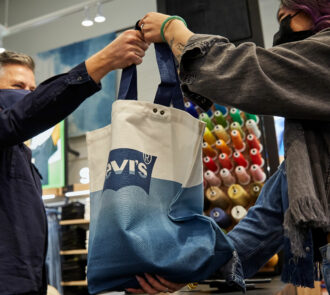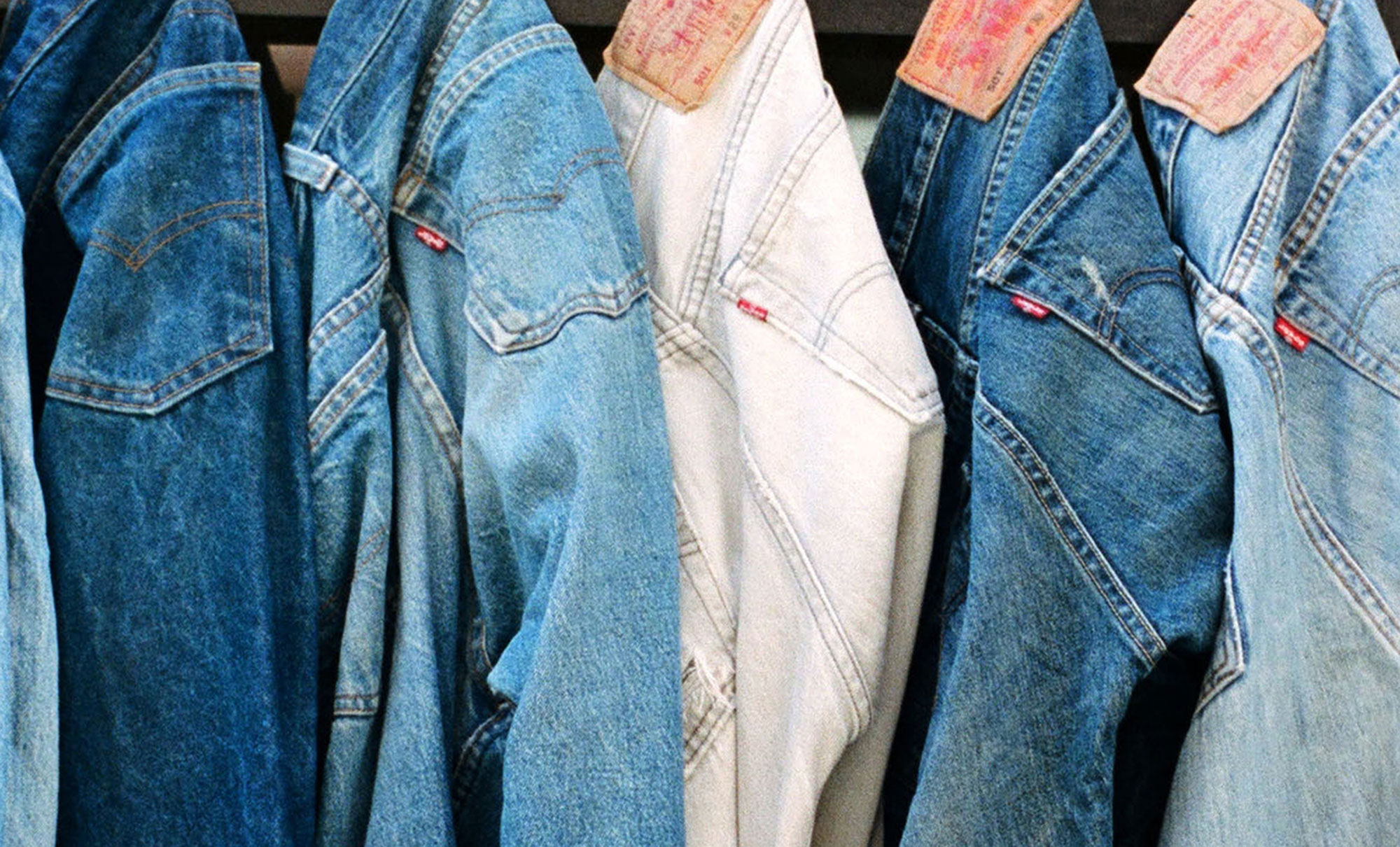For nearly 170 years, Levi’s has been part of society's most worn denim. But in the face of today’s climate crisis, timeless denim alone isn’t enough. It’s what’s behind the seams that counts. And Levi’s is ready to make changes.
Backed by a new Climate Transition Plan, a science-based strategy, and an ethos of 'profits through principles,' Levi’s is going all-in on sustainability. The plan is built on three pillars: climate, consumption, and community. With ambitious goals for achieving net-zero emissions, implementing circular product design, and upholding human rights throughout the value chain.
So, let's break it down...
Climate: A Net-Zero Future Starts Now
Levi's understands the damaging impact that the fashion industry has on the environment, especially from energy and water use. That’s why they’ve set science-based goals to cut down their environmental impact.
Here’s what they’re aiming for:
Net-zero emissions by 2050
42% fewer emissions in their supply chain by 2030
90% fewer emissions in their own offices, stores, and factories by 2025
100% renewable electricity by 2025
Use 50% less water in high-risk areas by 2025
Most of Levi’s pollution comes from things they don’t directly control, like fabric production, factory energy use, and how customers wash their jeans. But they’re working with hundreds of suppliers to change that by offering training, setting goals, and even helping pay for cleaner energy.

They’re also investing in wind farms, solar panels, and energy-saving tools like LED lighting and smart thermostats. In 2023, 97% of their own electricity came from clean sources.
And it’s not just about carbon. Levi’s has a new plan to protect biodiversity and will support watershed restoration projects around the world.
Rethinking Consumption
Fashion is moving too fast. Our generation's consumption habits are damaging and excessive. Levi’s is pushing back with a simple message: Buy Better. Wear Longer.
That means making high-quality clothes that last longer, use fewer resources, and can be recycled or resold.
What they’re doing:
Designing circular-ready jeans by 2026, that can be easily taken apart and reused.
Using recycled and plant-based materials, such as wood waste for black dye and hemp for soft denim.
Offering repair services, resale platforms (Levi’s® SecondHand), and upcycled collections (Levi’s® by Levi’s®)
Cutting out waste. All packaging will be reusable, recyclable, or compostable by 2030
They’ve also created WellThread®, an innovation lab that tests how to make every part of clothing, from the zipper to the label, more sustainable.
And they even tell you not to wash your jeans too often! Better to cold wash and air dry. Your denim and the planet will thank you.

Putting People First
Sustainability goes beyond environmental impact. It includes the dignity, safety, and well-being of the people who make our clothes.
To support this, Levi’s launched the Worker Well-being program, built on direct feedback from factory employees. Instead of imposing top-down solutions, the company works closely with local organisations to create programs that reflect workers’ real needs, offering:
Health & safety training
Financial education
Gender equality support
Career development programs
They also make sure their suppliers follow strong environmental and social standards, and offer better contract terms to those who meet them. In 2023, 100% of Levi’s top suppliers shared environmental data through the Higg Index, and most have set emissions targets.
Beyond the factory floor, Levi’s is using its voice to speak up for important causes:
LGBTQIA+ rights, voting access, paid family leave, reproductive freedom, and climate action.

What's Next?
Levi’s is focusing on four main actions to reach its goals:
Fix what’s already working
Help factories switch from coal to cleaner energy
Support energy-saving upgrades
Design smarter products
Use more recycled and organic materials
Create clothes that are easier to recycle
Invest in renewable energy
Fund solar panels and wind power projects
Work with governments to push for greener energy laws
Lead by example
Cut energy use in their stores and offices
Link sustainability goals to executive pay
Train employees and suppliers around the world
Lastly, Levi's is also offering green financing programs to help suppliers get better loan terms if they meet sustainability targets. That means better jeans, less pollution, and stronger local economies.

So Are Levi's Jeans Sustainable?
They haven't always been, but they're shaping up to be now.
Their new sustainability strategy and goals show that Levi’s is working across every part of its business to build something better. Cleaner clothes. Fairer work. A healthier planet.

All Images: Levi's
Want to see what other brands are doing for the planet? Check out the latest sustainable news on Reflawn’s news page.
Is Levi’s a sustainable brand?
Levi’s is actively working toward becoming more sustainable. While not perfect, the brand has set science-based climate targets, is prioritising circular design, and launched programs to support worker well-being.
Where can I learn more about Levi’s progress?
You can read Levi’s full Climate Transition Plan, or visit their sustainability page online. For more brand stories and updates, head to Reflawn’s news page.







